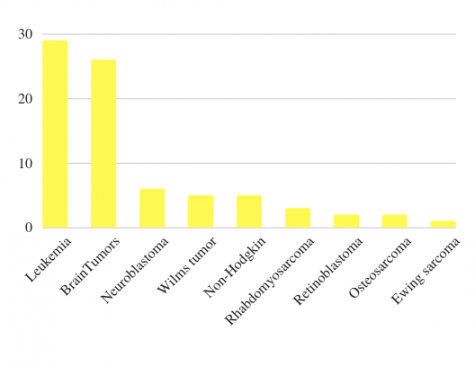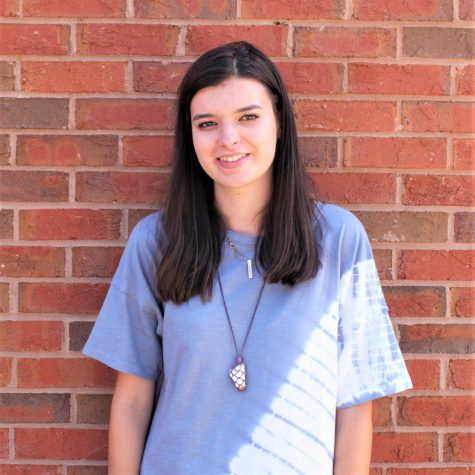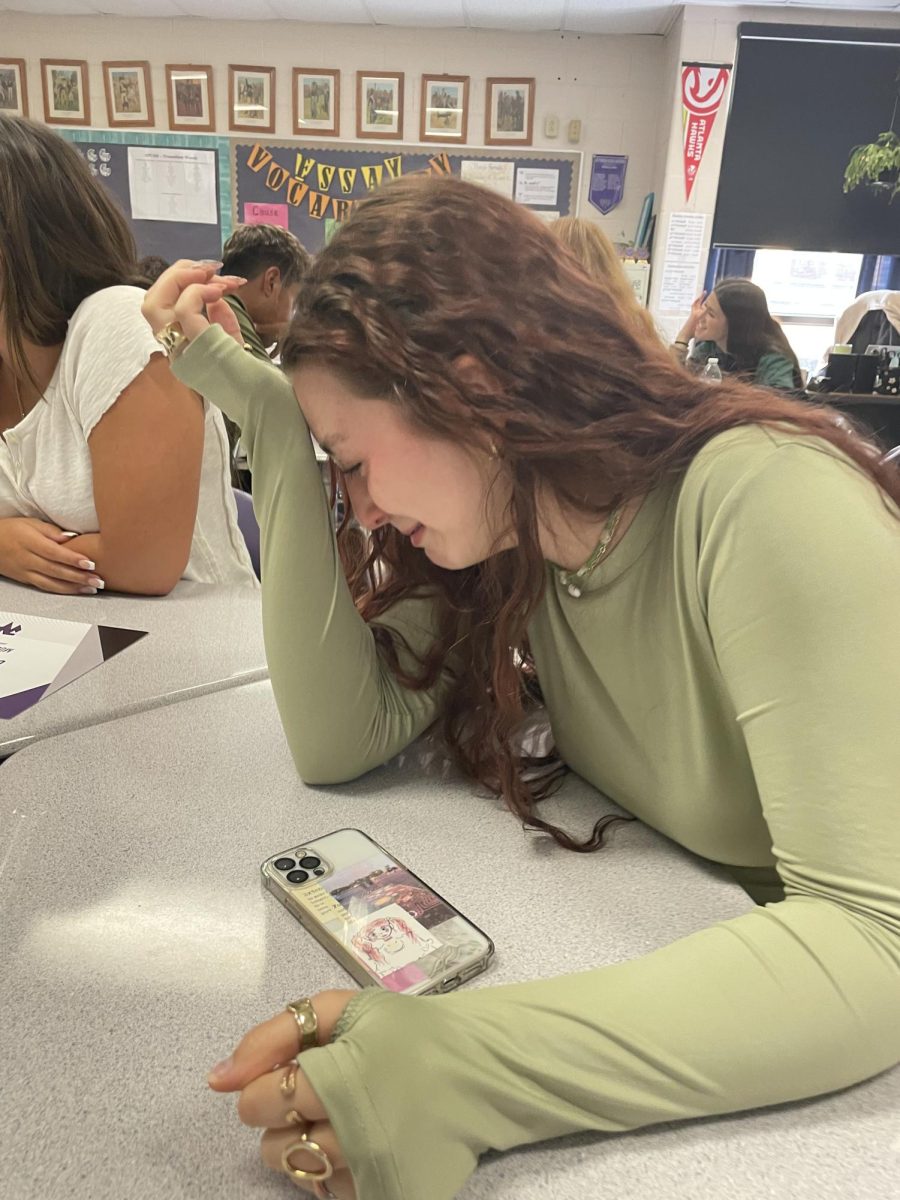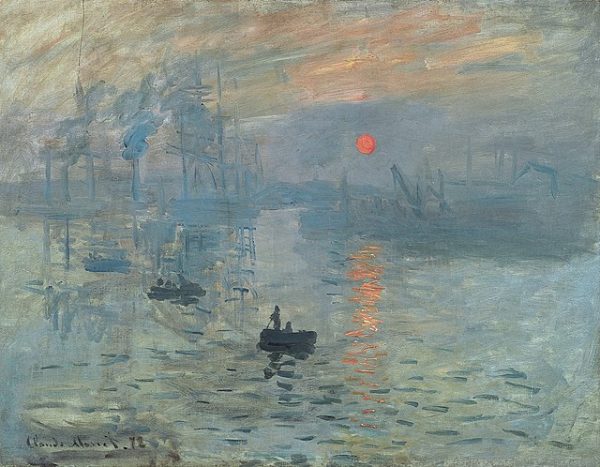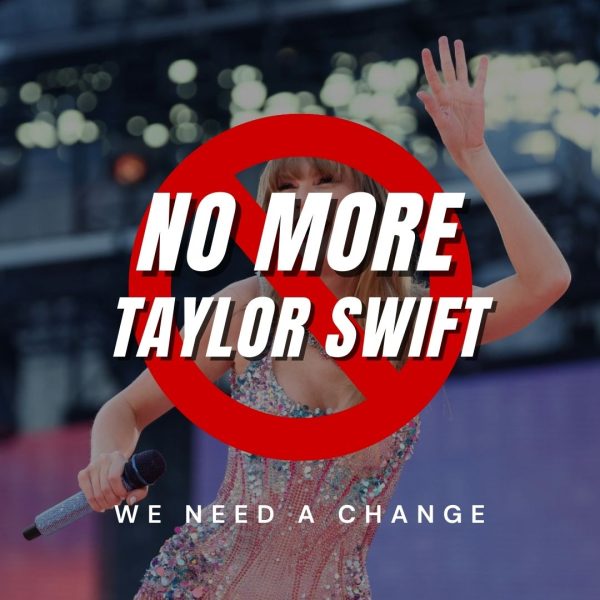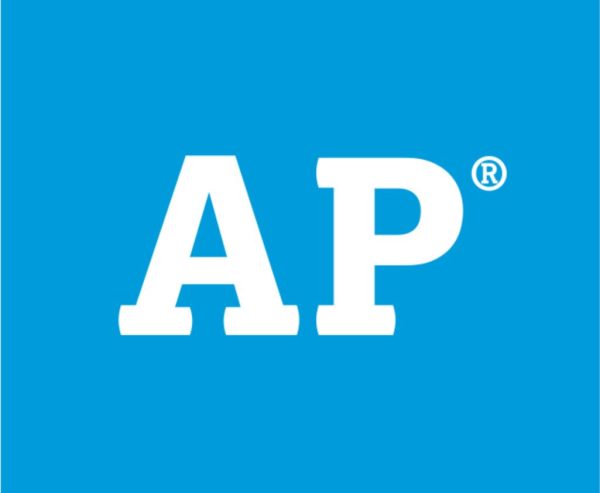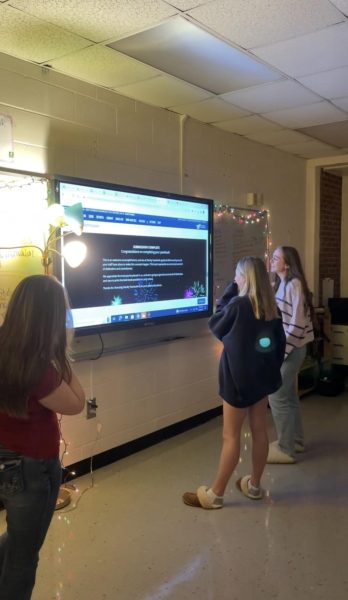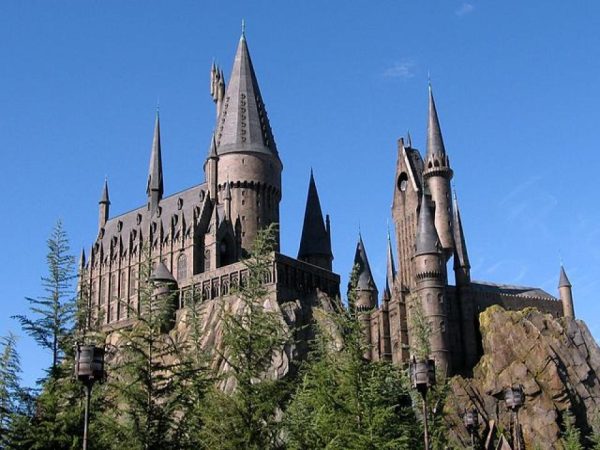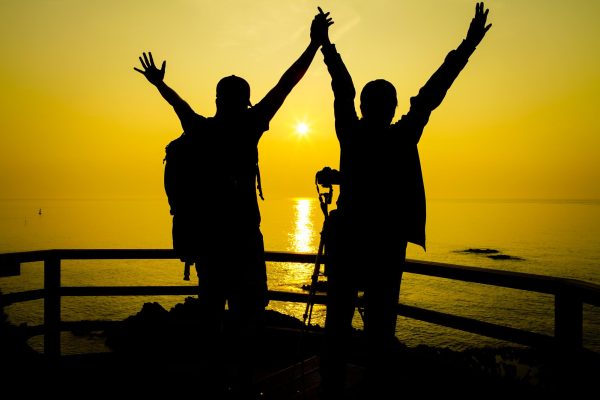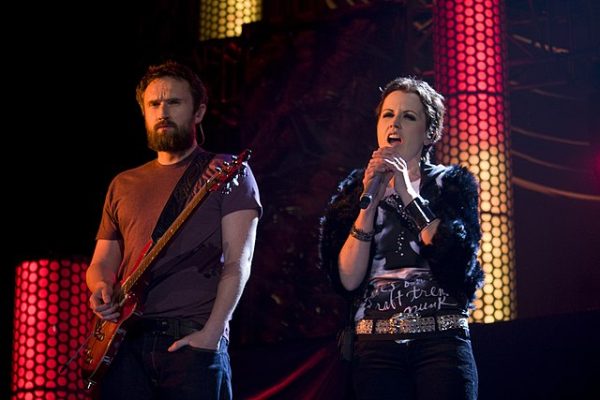The Issue with Childhood Cancer Funding
Kelcey (left) is one of the many kids who has been diagnosed with cancer in America. She had the opportunity to go Family Lighthouse Retreat and spend time with her family at the beach.
October 4, 2018
Everyone knows it is Women’s Breast Cancer Awareness month when football players start wearing their pink socks. However, no one hardly ever does anything special for Childhood Cancer Awareness Month. While there are organizations like St. Jude to help fund childhood cancer research, only 4 percent of federal funds are going toward researching a cure for childhood cancer.
Over the summer, I had the opportunity to go spend an entire week serving at Lighthouse Family Retreat along with over thirty other high school students. It is an organization that gives hope and restoration to families all across the country who are struggling with the heartache of childhood cancer by providing them with a week of vacation at the beach.
For an entire week, volunteers worked their butts off serving plates, cleaning rooms and just loving on these families. In the end, they all felt like they had gotten more out of it than the kids did. As a person who got to meet these wonderful children and their families, it is hard to imagine that so few funds are going toward helping these people.
According to the National Pediatric Cancer Foundation, 1 in 285 children will be diagnosed with cancer, and it is the leading cause of death by disease for children. Think of that in perspective of our school as there are easily over 2000 students, which means someone you know could be diagnosed. Imagine if a classmate, friend, brother, sister, etc. became part of that statistic–would you not want to search high and low for a cure?
It could be argued that childhood cancer is not as common as it is for adults and the elderly, and that the survival rate has improved greatly since the 1970s. But there are still thousands of kids still affected by it, and most of the treatments involve chemotherapy and a bunch of experimental cures. Although there are a lot of treatments out there for children and adults, there are not many safe or guaranteed treatments, which is why only giving 4 percent of funds toward childhood cancer research is not going to cut it.
One girl on my trip named Laura was 17-years-old which is so close to my age and many of my friends. She was the only teenage girl from the retreat families, so sometimes she would just have swarm of teenage girl volunteers around her. During the morning hangout sessions with her, we would play spicy uno and talk about Taylor Swift who’s number one fan is Laura as well as planning for the talent show on the last day of the retreat. My point is it is crazy to think someone my age has to deal with that burden not only that but rise above it. As heart dropping these families troubles were, they did not make it an excuse not to be positive and have hope in the future.
High schoolers or any child in general should not be burdened with such a disease. They should be worrying about normal high school stuff like what college they are going to go to or who are they are going to take to the prom. In addition, there are toddlers diagnosed with cancer who cannot even grasp the concept of what is happening to them. Increasing federal funds for childhood cancer research might give them chance to live out a normal life.
I would describe kids at the Lighthouse not as ill or weak but as fun, strong, and having this joy that is completely indescribable. They deserve so much better than what they are getting and so much more than experimental treatments sometimes offering small silvers of hope.
In the end, raising funds for childhood cancer will increase scientists’ chances of finding a cure that it is fast and efficient. 